When I was in Japan in August, I visited Kiyosato in Yamanashi with my friend Aogu Fujihashi (see our dialogue about nature, Ghibli and animistic sensibilities here). There we discovered the legacy of an American missionary – and founder of American football in Japan – named Paul Rusch, enshrined with a noble bust, who came to Japan in 1925 and stayed there till his death in 1979; and Seisen-Ryo (‘Pure Spring Camp’), a community centre that used to be a Christian youth leader training camp (first established by Rusch in 1938), its symbol an X-shaped cross (St Andrew’s Cross).
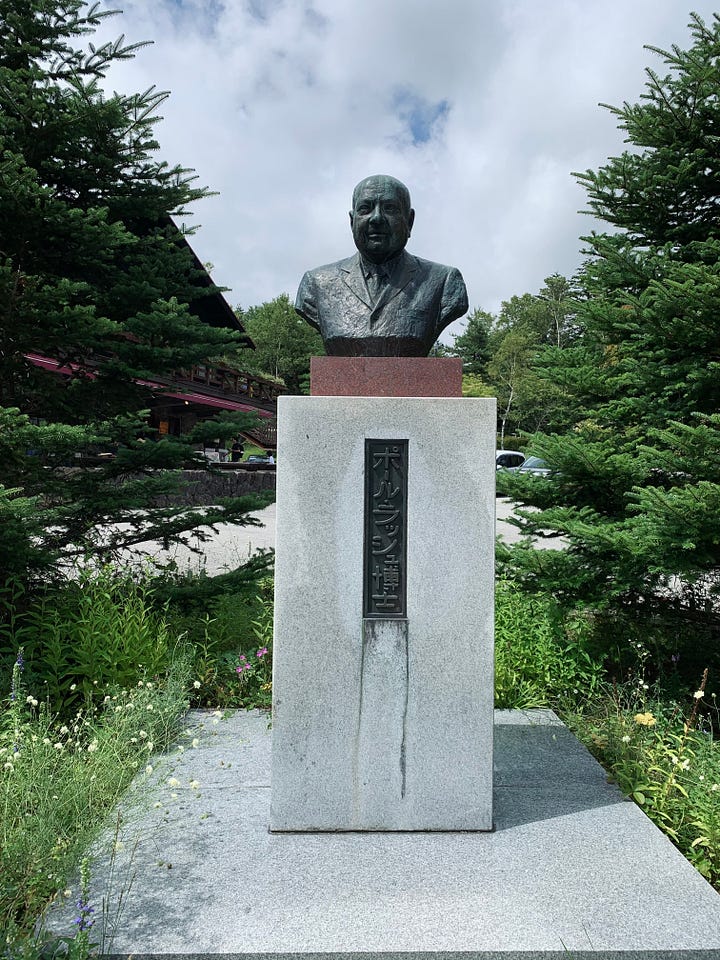
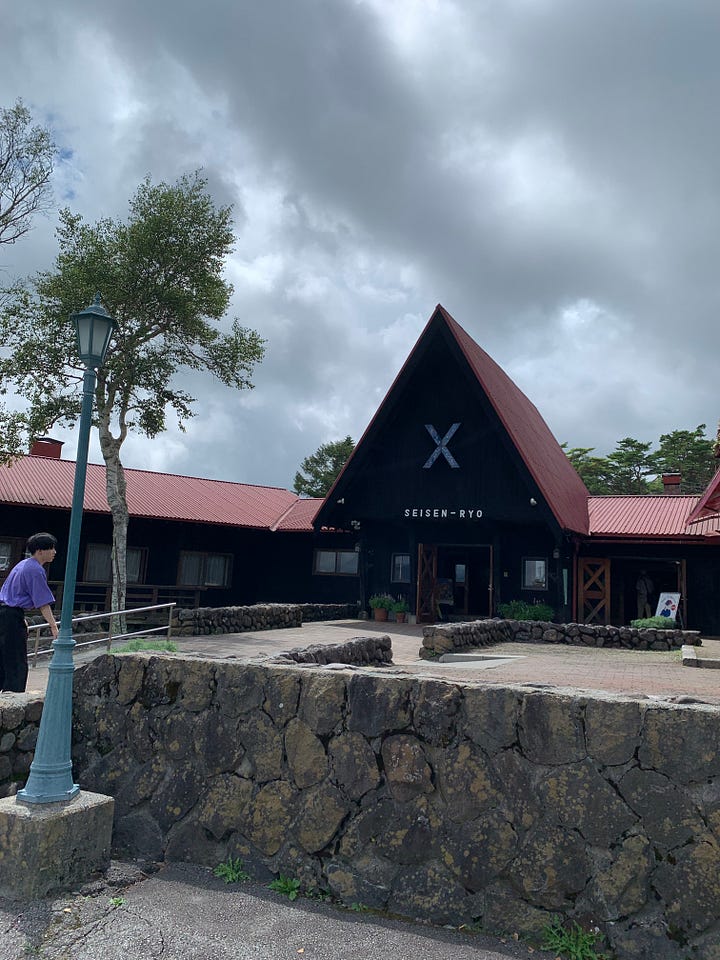
We visited the Paul Rusch Memorial Museum which provided a fascinating insight into this man and his life work:
Here are two choice quotes (italics mine):
‘You can't teach religion and idealism on empty stomachs. And Japan's No.1 problem is FOOD. The Christ I believe in said His prayers as well as any good churchman, but He didn't sit on a padded pew. He got up from His knees and He swung into action. He fed the hungry, He healed the sick, He taught the abundant life, and He loved sinners, including the fallen woman. I think that was what we are proving at KEEP…’1
‘Surrounded as I have been day and night with hundreds of Japanese, I know now why they are a great people. They know what fire, earthquakes, typhoons, atomic bombs can do, and they know life must proceed. Somehow, they, mostly non-Christian people, have shown me the whole meaning of life. They have made real to me what He said---“I will be with you to the end of the world”.’2
Paul further planted an Anglican church called Kiyosato St Andrew’s Church, and Aogu and I were delighted to discover it had been contextualised to Japan, primarily with the use of tatami mats which were included to make Japanese people feel more comfortable (we had discussed before about why Japanese Christians gathered to worship in western-styled buildings):
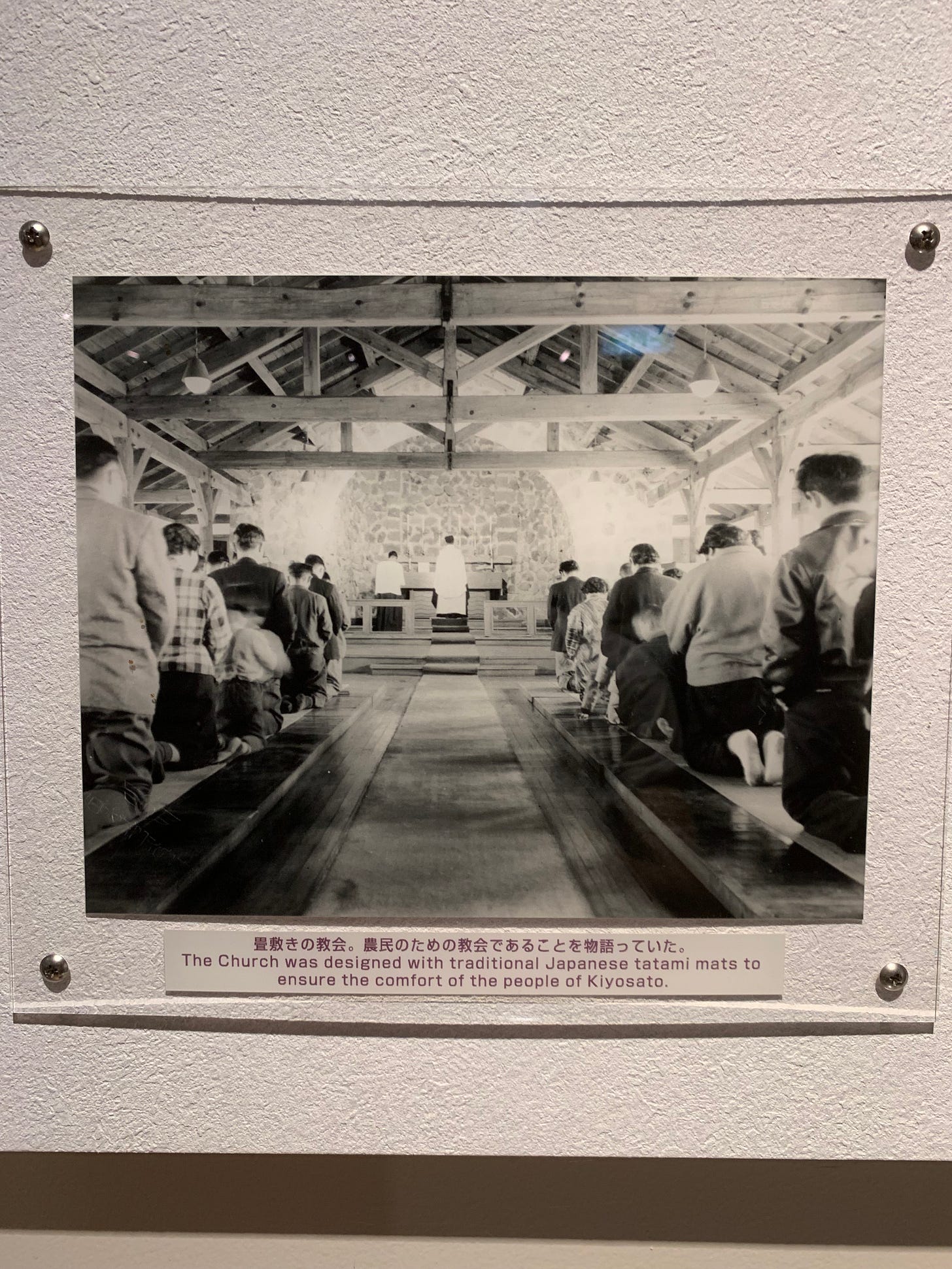
When we found out it was still standing… well, we just had to visit, didn’t we? Here are some snapshots of Kiyosato St Andrew’s Church:
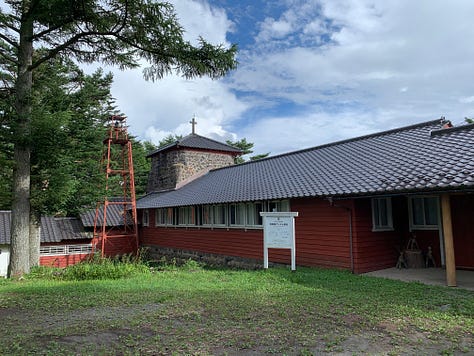
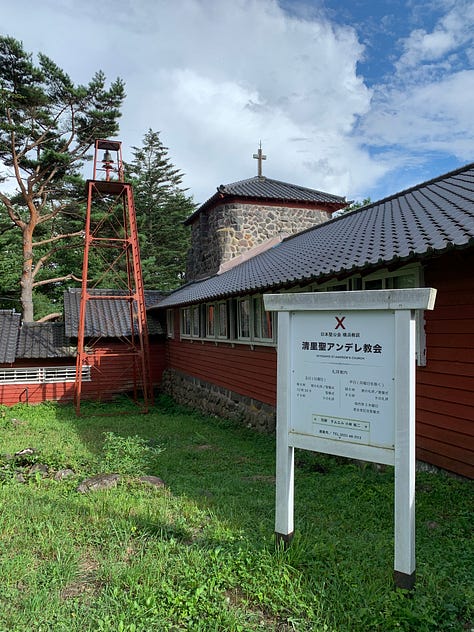
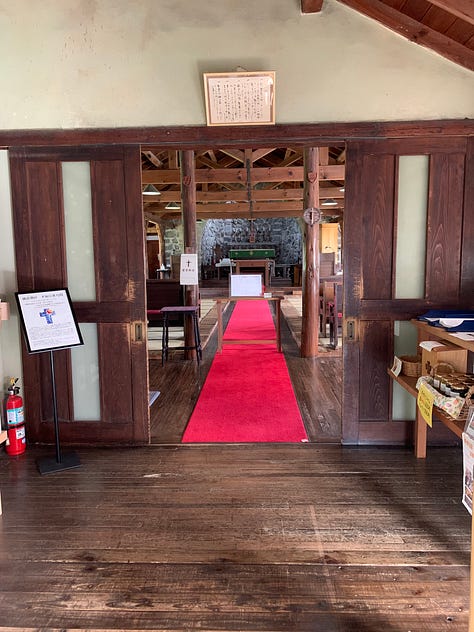
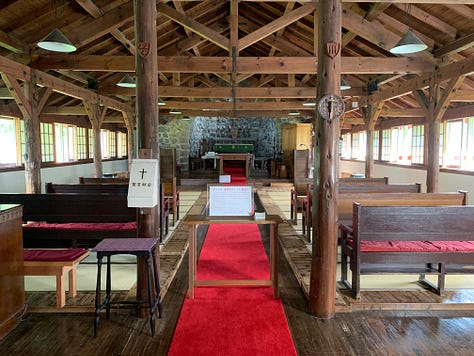
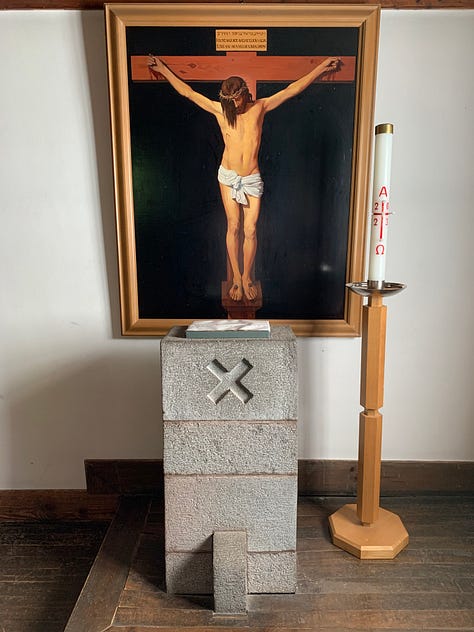
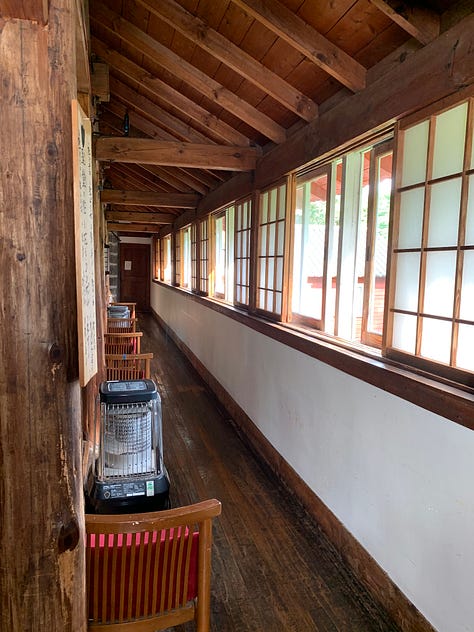
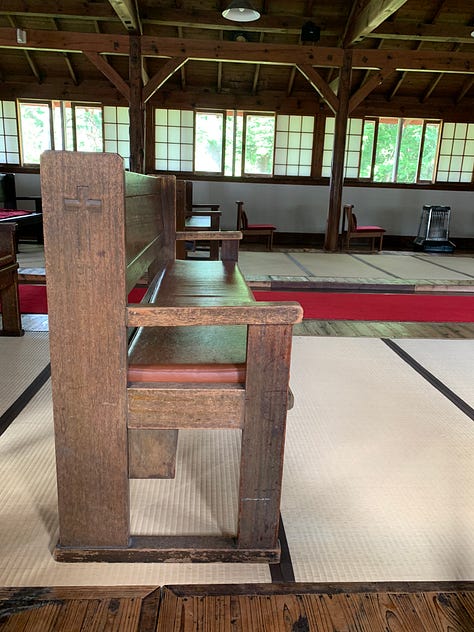
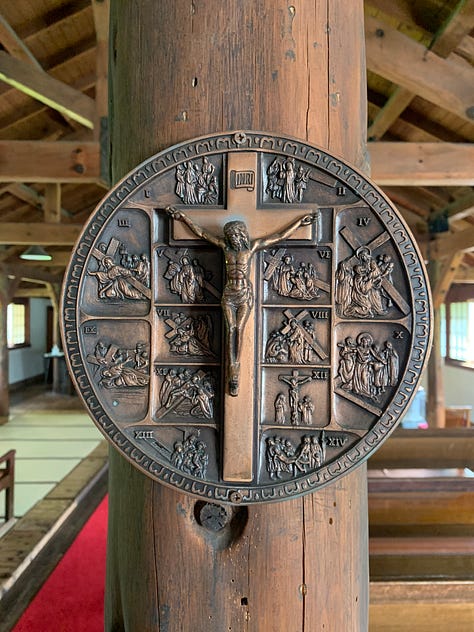
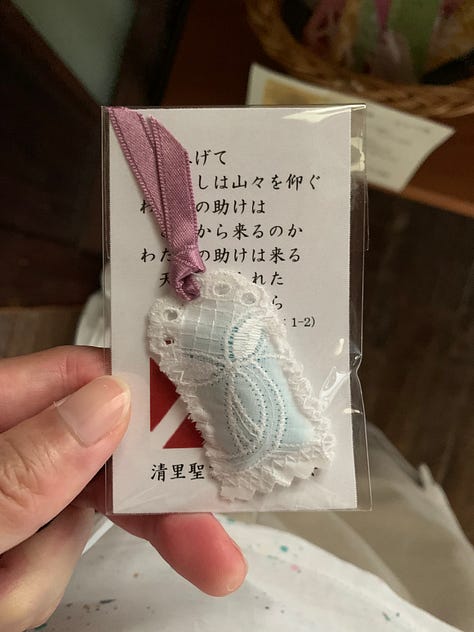
Although the visual imagery of Jesus is that of a white man, it was beautiful to see the church’s wooden architecture with its sliding shōji windows, and the unique combination of pews and tatami mats (and old-school heaters!). It was also interesting to see what could perhaps be considered a Christian omamori – an amulet commonly sold at Shinto shrines and Buddhist temples – complemented with a Bible verse.
I leave you with a couple of close-ups:
KEEP stood for ‘Kiyosato Educational Experiment Project’, whose four ideals included Food, Health, Faith and Hope for Youth.
Interestingly, the Japanese translation on the display signage didn’t contain the ‘non-Christian people’ part (conscious choice of the curator/translator?):「私は今こそ、私の周囲にいる農民たちが偉大な人々であることを知った。人生は進めなければならぬと知っているのだ。世界が終わるまで私はこの人たちと進もう」









Lovely photos and writeup. You have no idea how I'm excited I am to have come across you (via Jon's J-CATs podcast) - my thesis is on the inculturation of Anglicanism in Japan, particularly via the BCP, and I'm preparing for a research trip there this spring/summer. Definitely want to pay this church a visit now!